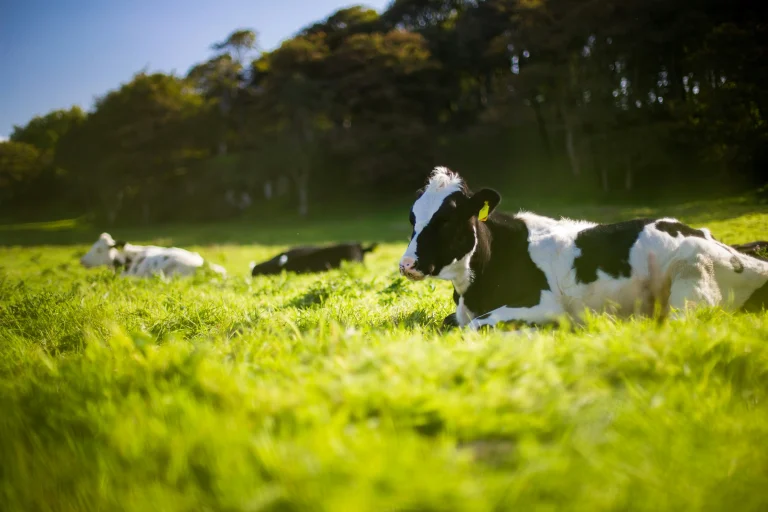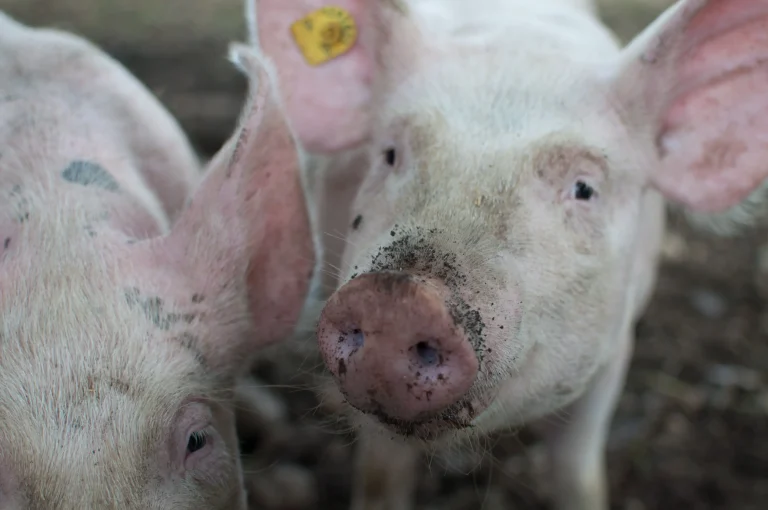Public concern over pesticide use, tighter regulatory standards and the limits of conventional chemistry have helped put biological crop protection back on the agenda. But the term itself is often used loosely, and is frequently misunderstood.
Before assessing whether biologicals can genuinely help reduce pesticide use, it’s important to understand what they are, how they work and how they differ from conventional plant protection products. Here, Farming Future Food answers your questions:
What does the term “biological crop protection” actually mean?
Biological crop protection refers to the use of natural organisms or substances derived from natural sources to prevent or control crop pests and diseases. That includes living organisms such as predatory insects or beneficial microbes, as well as plant extracts and naturally occurring compounds that interfere with pest development or behaviour. Unlike conventional pesticides, which are typically synthetic chemicals, biologicals work by harnessing natural interactions between pests and other organisms in the agroecosystem.
What kinds of products are covered under biological crop protection?
There are three main types. First, microbial products, which use bacteria, fungi or viruses to suppress crop diseases and insect pests. A common example is Bacillus thuringiensis, a naturally occurring bacterium used in a range of larval control products. Second, macro-organisms — for example, predatory mites or parasitoid wasps released in greenhouses to reduce aphid or whitefly populations. And third, biochemical products, which include plant extracts and substances such as pheromones that disrupt pest mating behaviour or repel insects
How does that differ from a conventional pesticide?
The most important difference is mode of action. Conventional pesticides tend to work through broad biochemical or toxicological processes that affect a wide range of organisms. Biologicals are typically more target-specific, interfering with a particular pest’s metabolism, reproduction or behaviour. They’re also less persistent in the environment, which means they generally break down faster and pose less long-term risk to non-target species. That specificity can be an advantage in integrated pest management schemes, but it also means biologicals are usually not standalone replacements for synthetic products.
How widely are biologicals currently used in commercial farming?
Uptake is increasing, particularly in horticulture and protected cropping systems, where biological control is already established. In field crops, adoption is slower but measurable: microbial products are now being used in cereals and oilseeds as part of integrated disease control packages. Several mating disruption pheromones are registered for orchard use, and field trials in arable crops are ongoing. Industry analysts expect the global market for biological crop protection products to double between 2020 and 2030 as regulatory pressure on synthetic pesticides increases.
Are biologicals always more environmentally friendly?
Generally, yes — but there are caveats. Many biological products have favourable environmental profiles because they are species-specific and break down quickly in the field. However, efficacy in real-world conditions can vary, and biologicals may need to be applied more frequently than conventional products to achieve comparable levels of control. Some require specific temperature or humidity thresholds to be effective. So while they are less disruptive to the wider ecosystem, their performance still depends on how they are used and in what context.
What are the main challenges preventing wider adoption?
One issue is cost and consistency. Many biologicals are more expensive to manufacture and formulate than conventional pesticides, and farmers often report variable performance under field conditions. Another major barrier is knowledge: biologicals typically need to be integrated into existing crop management strategies, and their success depends on timing and correct application. There is also a regulatory factor. Although biologicals are covered by the same EU regulation that governs pesticide approvals (Regulation 1107/2009), the authorisation process for microbes and macro-organisms is not yet fully aligned across Member States.
What role could they realistically play in the future?
Most researchers and practitioners see biologicals not as a replacement, but as an important complement to conventional plant protection products. They are already a foundational component of integrated pest management (IPM) in certain sectors, and policy objectives — such as the EU’s target to reduce chemical pesticide use by 50 per cent by 2030 — are likely to accelerate further development. The challenge is ensuring these products deliver robust performance at scale and that farmers are given the training and support needed to use them effectively.
Key takeaways
- Biological crop protection refers to natural organisms or naturally derived substances used to control pests and diseases.
- Unlike conventional pesticides, biologicals typically work through highly specific mechanisms and break down quickly in the environment.
- Current biological approaches include microbial products, macro-organism releases and biochemical agents such as pheromones and plant extracts.
- Adoption is growing, especially in horticulture and protected cropping, but field efficacy and farmer training remain practical constraints.
- Most experts see biologicals as a complement to conventional products and a key component of future integrated pest management strategies.
Want to read more stories like this? Sign up to our newsletter for bi-weekly updates on sustainable farming and agtech innovation.










